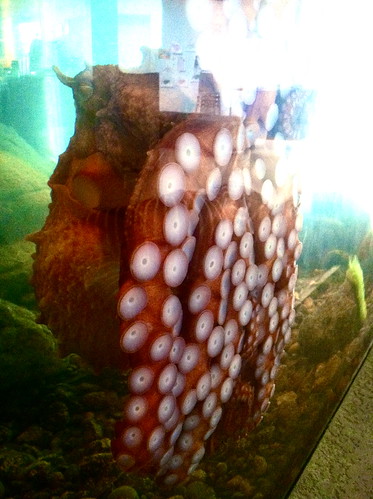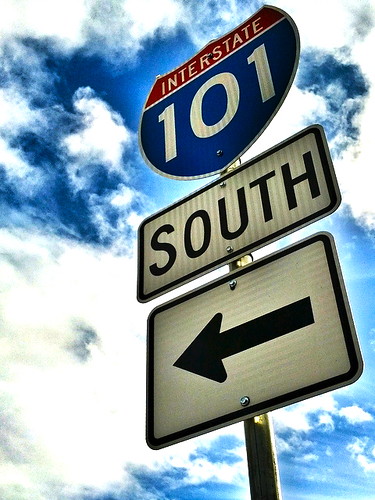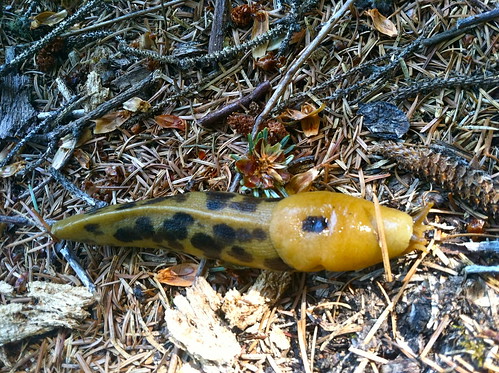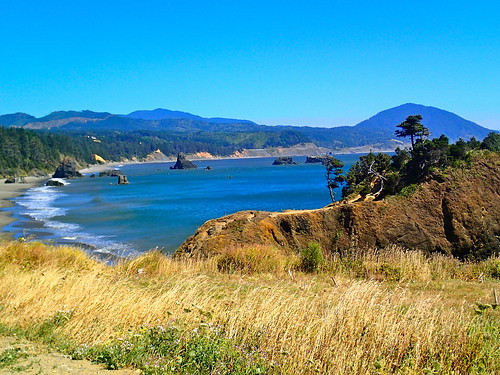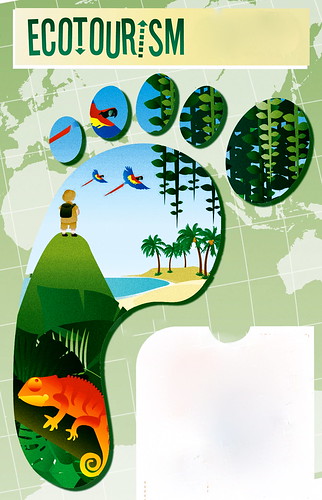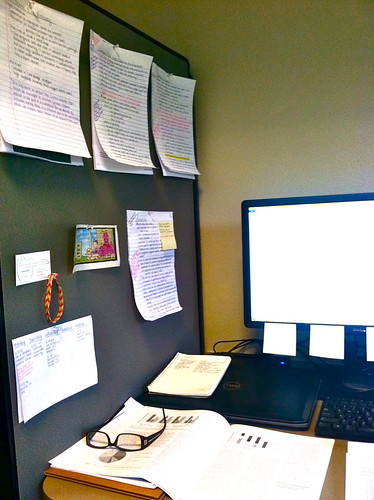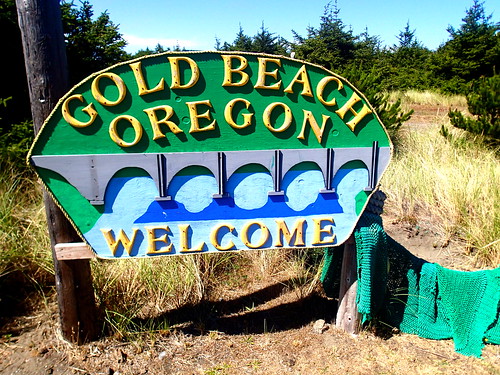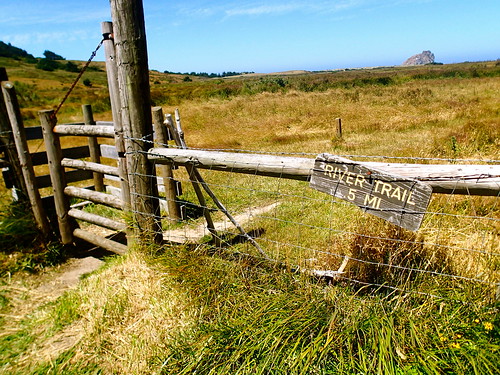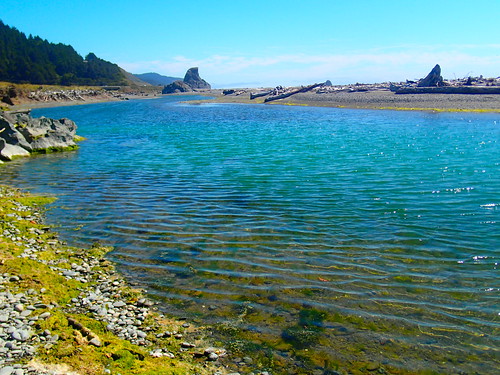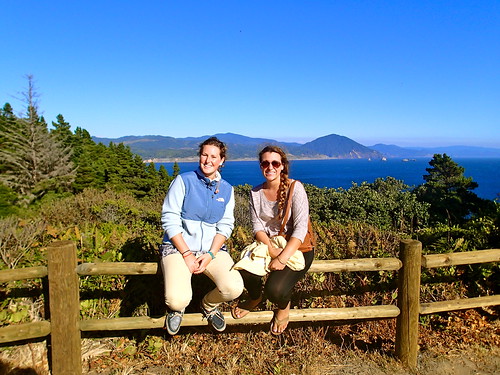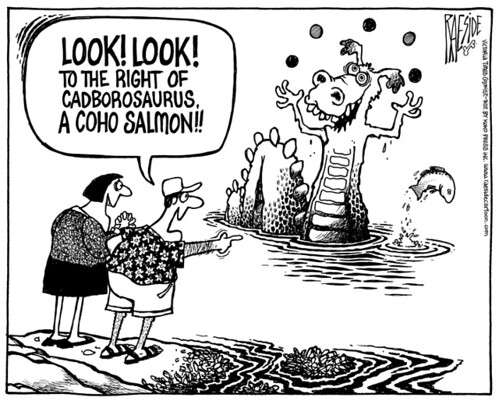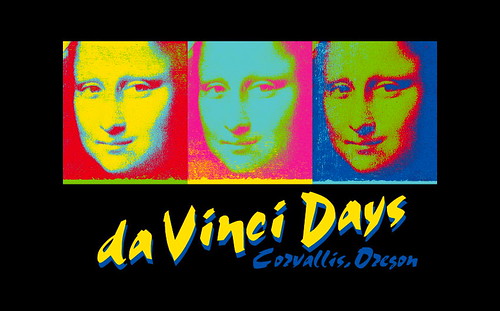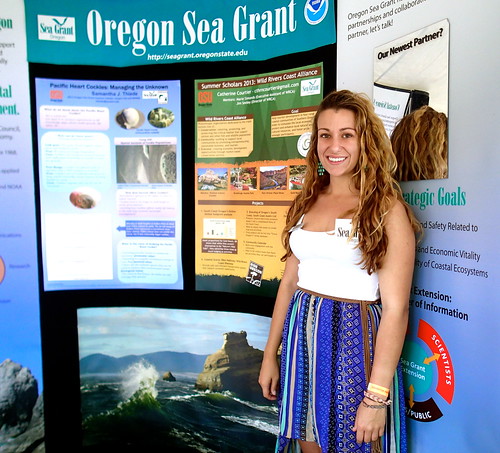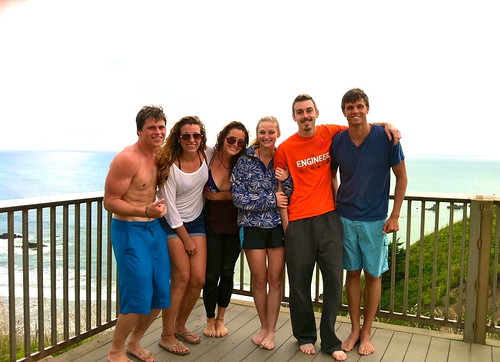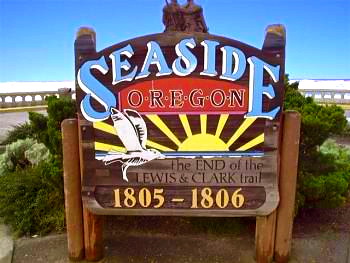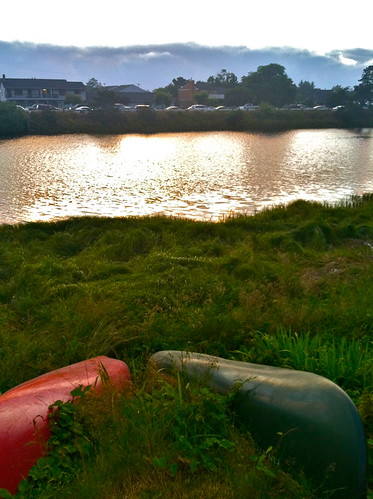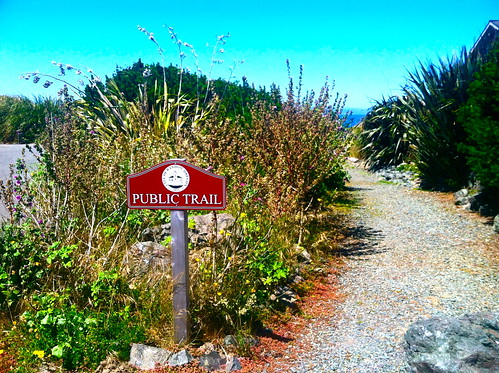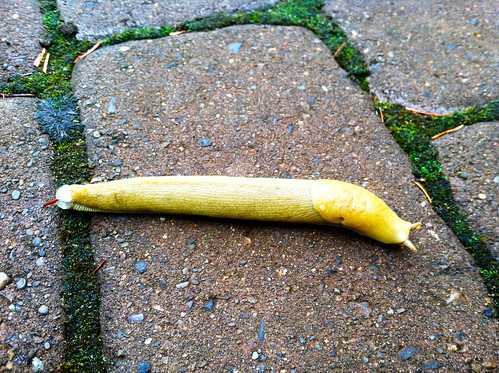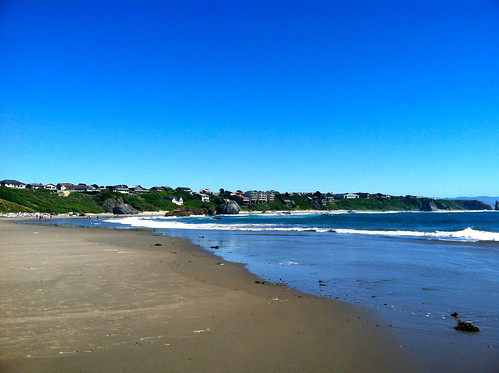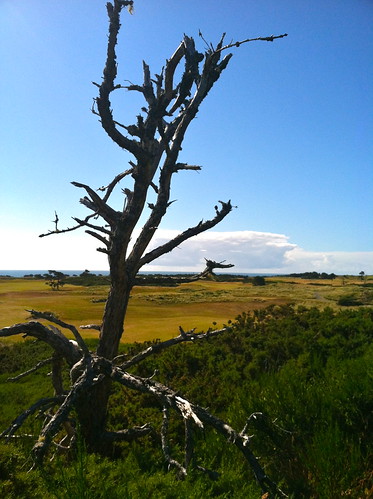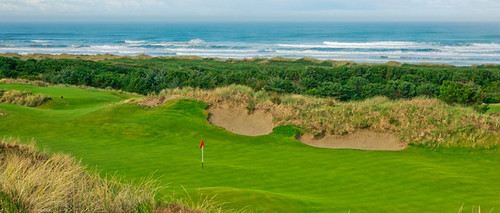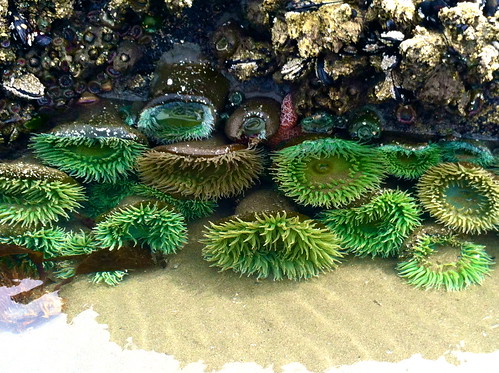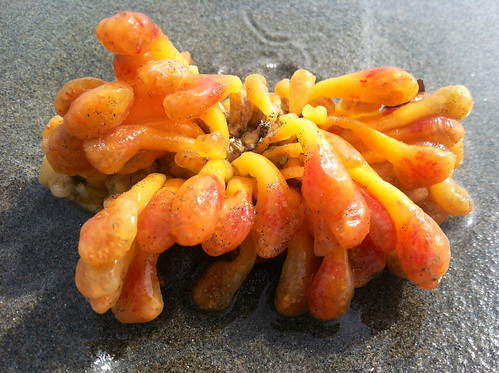For those of you who followed my ten-week journey in the quaint town of Bandon, Oregon as a Coastal Tourism Intern with the non-profit Wild Rivers Coast Alliance, you have some idea of my background. However, for those of you who are just tuning in, let me tell you some basic facts about myself that will help put things in perspective: I have known that I wanted to be a marine biologist since the age of four when I fell into a manta ray touch tank at Sea World, I graduated this past June from the University of California Santa Cruz with a Bachelors of Science in Marine Biology, I adore slimy odd creatures that provoke a queasy look from most, and if I could eat a doughnut a day and not gain a pound I would.
Post Bandon: Flash forward eight months after graduation, and now instead of spending hours in the library frantically trying to decode physics problems and figure out what exactly the right format for a scientific paper is, my days are filled with making Cappuccinos (and usually scalding myself with 150° milk) and asking the general populous how their day is going. I have gone from spending 50 plus hours a week in lecture halls and libraries, to 40 hours a week at two part-time jobs: a retail associate and a barista. Now to some this might seem like an odd progression of events. I spent (and by I, I mean my lovely parents) thousands of dollars on a University education to ask people if they want room for cream in their coffee?! This is the reaction I received from many family friends, colleagues, and random strangers when I was asked what my plans after graduation were. For those of you who immediately understand the reasoning behind my choice, you rock. However, for those of you who are still a wee bit baffled, let me explain…
Roughly speaking, I have been in some kind of formal education for the past eighteen years of my life. That’s somewhere in the ball park of 22,610 hours IN school; not counting hours spent in addition to the traditional school day, or extra hours on the weekend. And for the most part I’ve loved every second! But as my senior year rolled around, I saw a shift. While I decided to load on the units so I could fit in all the awesome classes and internships that I wanted to take advantage of before I graduated, many of my friends took numerous GE’s which enabled them to have something called “A social life.” At first this didn’t bother me because I was a senior, and as such and had put my partying years behind me (visible on my transcript by my two attempts each at Chemistry 1A and Calculus 1). But it wasn’t their ability to party that had me jealous; it was their ability to go hiking for an entire afternoon, or to take spontaneous weekend trips that didn’t need to be planned around papers or midterms. I was able to get through my 23-unit final quarter by telling myself “Just wait till after graduation. Then you can have the whole summer to do nothing and spend time with friends!” However this wasn’t the case as I was fortunate enough to be one of six students accepted into Oregon Sea Grant’s amazing Summer Scholars program; one of the more awesome things that has happened to me. So naturally it started two days after, and 631 miles away from graduation.
Now I’m not going to go into detail about my summer experience in Bandon Oregon, for that you can feel free to check out my previous blog posts (which I highly recommend as they contain pictures of cute animals and delicious pastries). But I will try to put into words what I took away from my experience. I will start off by saying that my internship was the polar opposite of what I thought I was getting myself into, and I will even go as far as saying that I was a little let down at first. But what I initially thought was a feeling of being let down, I later realized was a feeling of being slightly confused, and generally lost. Being a recently graduated marine biology major, I went into this experience with a somewhat jaded attitude and blindly assumed that what I was going to be doing would involve constant action in the field, and my work would have instant applications. WRONG. Essentially I was charged with figuring out a way to boost the economy of Southern Coastal Oregon via revamping their ideas of tourism. This was the exact definition of putting a small fish into a huge pond, or the Pacific Ocean if you will.
I’ve never worked on such a large-scale project before and this was a huge undertaking unlike anything I had done before. My assignment was not a lab study or research project; there was no hypothesis or conclusion. In other words, there was no clear path to follow or set steps to go through. When I first started this internship, I was slightly annoyed that I didn’t have more tasks to do. As time passed, I realized that part of that was due to the fact that I was working with such an enormous “big picture” idea, and I had no idea of what direction to go in. Eventually I came to realize that any kind of change (especially on this level) deserves a great amount of time and consideration (AKA., a little more time than my ten-week stay). Not much in this world is 100% certain. Sometimes you need to move forward and grab the amazing and unknown opportunities in front of you.
This experience taught me that no one field can stand on its own; for example, for tourism to be successful, the ecological, business, political, and marketing concerns must be addressed as well. While my experience didn’t necessarily change my career goals, it did drive home the points that: 1). There needs to be better communication between the scientific and non-scientific communities (such that issues and topics are presented in a way that makes them seem approachable) and 2). There is a growing need to educate future generations on the environmental issues and assets that are right in their backyard, and that if the environment isn’t properly taken care of, lots of money and time will eventually need to go into fixing it (if it can be fixed at all). It also taught me that any experience is a good experience. I hope this point resonates with everyone who reads this, whether you are an adult who has been in their chosen field for 20 plus years, or are an undergraduate who is unsure what they want to do with their life. However cliché this sounds, remember that everyone is different. We can’t all be that person who got all A’s in their undergraduate career, and then went directly into their masters and PhD (but for those of you who did do that, you are more amazing and awe-inspiring than being able to successfully fry Oreos); some of us have to do a little more wandering until we find our path.
A large portion of the reason I didn’t immediately go to gradschool after my internship with Oregon Sea Grant (besides the likelihood that I wouldn’t have gotten into my top choices…) was that I had no idea what I wanted to study. That unknown was something that I struggled with for nearly my entire college career, and something that at times made me feel quite inadequate. I feel like it took me stepping away to help me realize what I’m truly passionate about, and what I want to spend the rest of my life doing. In the next year or two, I will be going to graduate school to get my degree in some mixture of conservation, management, outreach, and elasmobranchs. And I couldn’t be happier.
I’m not sure how many of you made it through this whole post, and how many of you stopped reading when you realized there were no pastry or cute animal pictures. If you did reach the end then I hope you took something from this; whether it was as simple as a laugh at my joke (or more likely my attempt at a joke) or an understanding that you don’t always have to have the answer to the rest of you life planned out and ready for the next person who asks.
So on that note, I’m off to make some lattes!!



